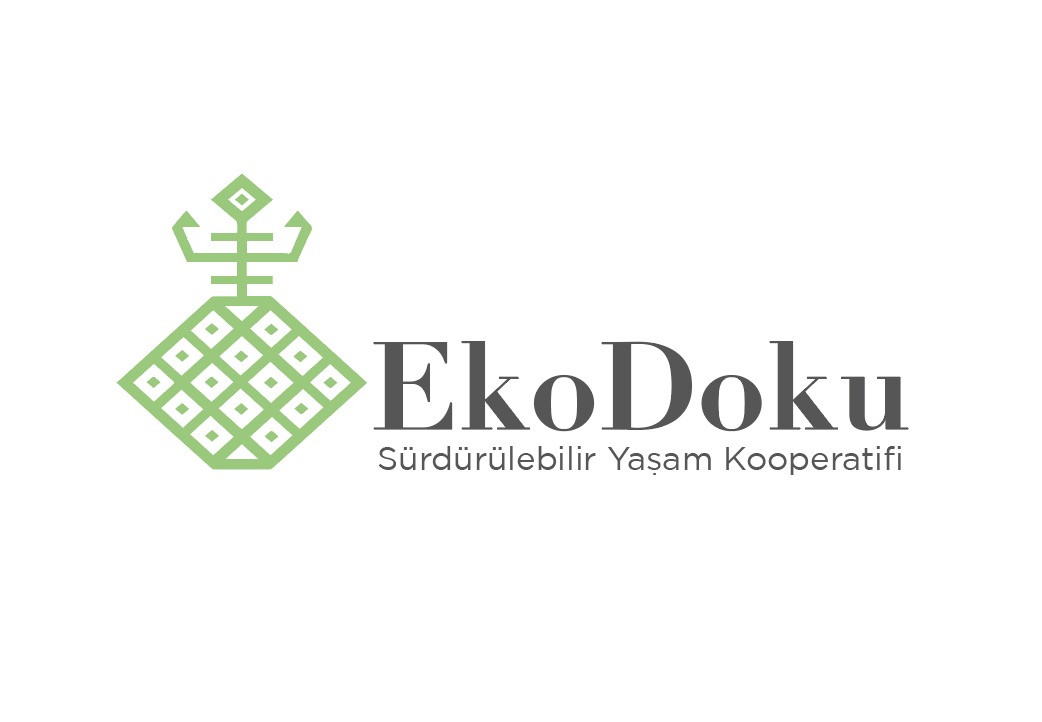Speed, the most compelling component of our age, is dominant not only in communication and transportation but also in all areas of our lives, and Fashion, which is the socioeconomic marker of the need for clothing, has long been in a cycle of rapid production and rapid consumption. (Fast fashion), while fast fashion creates almost daily changes in shop windows on the one hand, on the other hand, it creates mountains of underused clothes. As the second most polluting industry in the world, the masses who are concerned about the future of the planet and develop attitudes to this situation, which creates waste and pollution of natural resources, draw attention to the concepts of sustainable fashion, slow fashion, ethical fashion. On the other hand, fast fashion brands declare that they adopt these approaches with costly campaigns and advertisements explaining their environmental and sustainability practices in raw material procurement and production stages. However, these efforts by global brands are ironically referred to as "green washing" and are often thought to be profit-driven. Fortunately, after the Paris Agreement for sustainability management in textiles and according to the EU green agreement, textile manufacturers are obliged to certify their carbon footprint, i.e. total total greenhouse gas emissions, for their corporate activities, production processes and products. The sustainability of the raw material and the life cycle analysis of the product constitute the most important stages in the certification process.
While sustainability concerns introduce new concepts and tasks to the textile and fashion world every day, the importance and inspirational aspect of the traditional comes to the fore.
EkoDoku Sustainable Life Cooperative's nonviolent silk production activities are compatible with the ecosystem at all stages. Because the main input for silkworm farming, which is an agroecological form of production, is mulberry tree leaves. So first you have to grow mulberry trees that are carbon sinks. Silkworms need to feed on very fresh leaves from egg to cocoon weaving. For this, our feeding house is right next to our mulberry garden. So no transportation vehicles are used for feed supply. For the silkworm to complete its life cycle, we wait for the butterflies to emerge from the cocoon and lay eggs. Thus, we obtain the next year's production material. The silk fibers are then pulled from the cocoons with hand tools, turned into yarn and woven on hand looms.
Silkworm breeding and non-violent silk production for sustainability; non-violent silk products with their long usage times and natural fiber structures for slow fashion are very accurate examples from nature.
